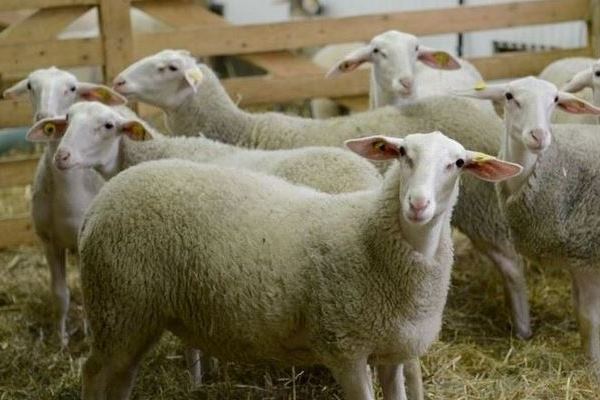
The Lacaune is a breed of domestic sheep originating near Lacaune in southern France. The native region of these sheep is the Tarn and Aveyron departments and surrounding areas. This region is collectively known as the “Roquefort Sector” which references the milk collection area.
Though you may not be familiar with Lacaune sheep, it’s a good bet that you’ve heard of the most famous product made with their milk: Roquefort, the pedigreed French blue cheese that has been seducing turophiles since the time of the ancient Romans. Pliny the Elder, Julius Caesar, and Emperor Charlemagne are among a few of the most famous historical devotees of Roquefort’s rich, striking flavor. In 1411 King Charles VI gave rights to the aging of Roquefort to only one village: Roquefort-sur-Soulzon, a small town in south-central France about 100 miles west of Avignon, Provence.
Currently there are about 800000 ewes available in France. And the breed is used as a milking sheep for a very long time. Although until recently, milking was not the dominant feature of the breed.
Average milk production of these animals was only about 70 liters per ewe per annum (during the human milking period and excluding the lamb suckling period). Remarkably, the milk production had quadrupled to 280 liters per annum by the 1990s.